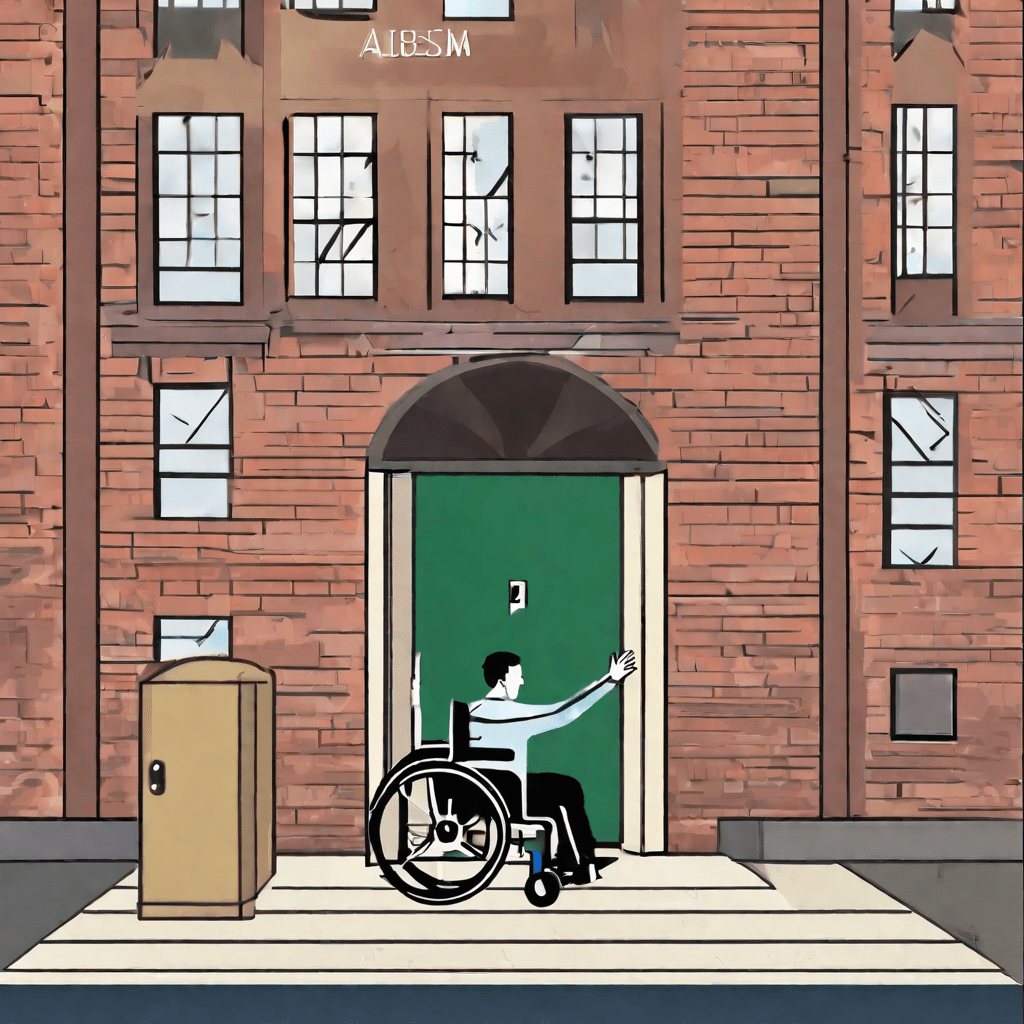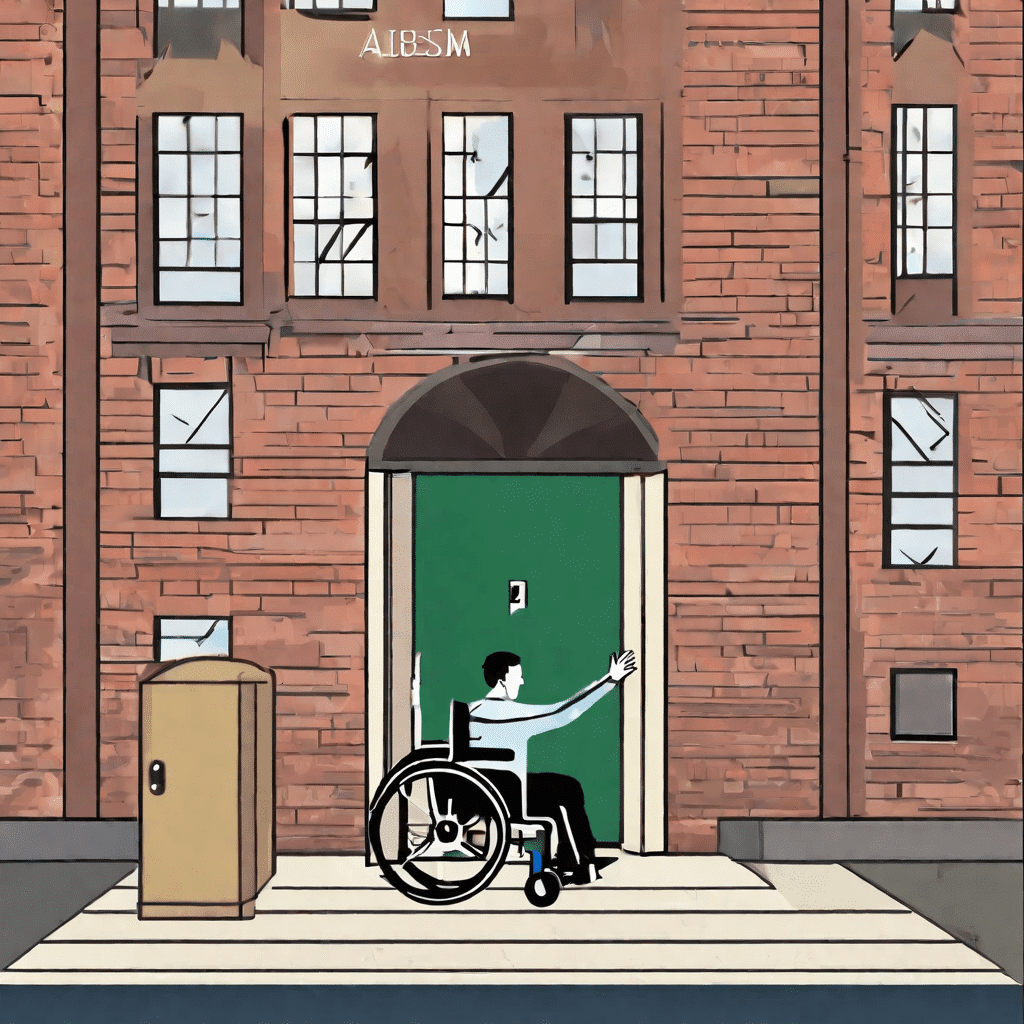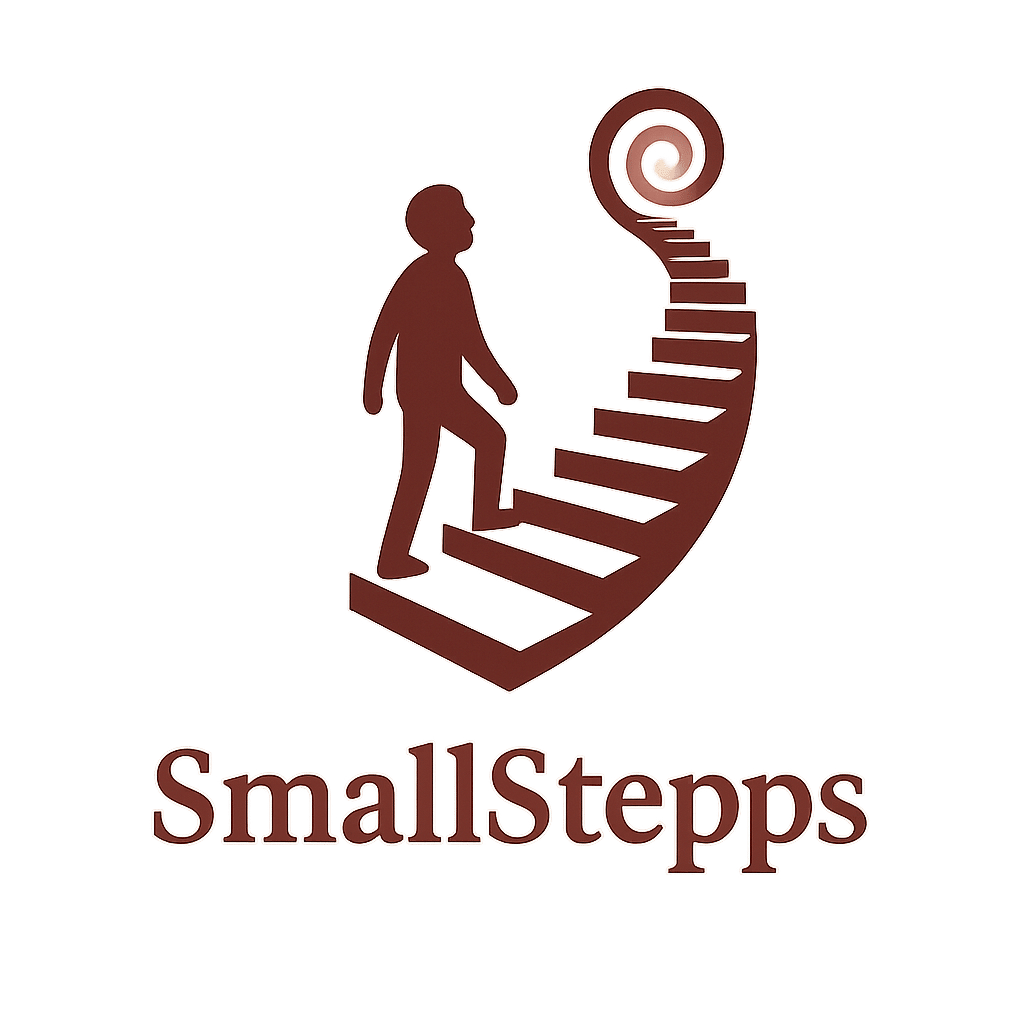Understanding Ableism: A Complete Guide on Discrimination and Bias

The reality of ableism, a prevalent form of discrimination that strikes against those with disabilities, is a bitter pill to swallow in our society.
It’s a pervasive issue that continues to shape attitudes, policies, and practices, often disadvantaging individuals with disabilities. Ignorance is no longer a tolerable excuse for perpetuating such prejudice and bias.
As articulated by various activists and theorists, ableism is very much ingrained in our society and, it’s vital to acknowledge its impact and work towards eradicating this problem.
Comprehending the essence of ableism is the first building block to dismantling it. Generally, ableism is the societal belief that being able-bodied, or not having a disability, is the normal, preferred state of being.
It tends to undervalue those with disabilities, deeming them as lesser or inferior in comparison to those without.
These systemic and individual biases can take many forms, from blatant discrimination such as refusal of services or accessibility issues, to the subtler yet equally damaging forms like ableist language use and disability microaggressions.
Enlightenment about the concept of ableism goes beyond comprehending the definition. It necessitates understanding the layers of prejudice against disabled people, the able-bodied privilege often taken for granted, and the need to rectify the injustice.
Like sexism and racism, ableism should not be ignored. It serves to undermine the equal worth of every individual and establishes harmful systems of inequality.
Often, the insidiousness of ableism is that it is less recognized and denounced than other forms of prejudice.
This obscurity enables it to be deeply entrenched in society — from media representation and cultural norms to institutions and language.
However, the diversity within disability discrimination and bias is vast, encompassing visible as well as invisible disabilities.
The point of concern is not to simply identify ableism where it exists but to actively work towards an inclusive society.
Doing so requires an understanding of its many faces, how it intersects with other forms of discrimination and critically analyzing our attitudes towards those with disabilities.
As society becomes more aware and accepting of various forms of identity and diversity, the spotlight on ableism must brighten.
Exploration of Ableism
Origins and History
Ableism traces back to ancient times, with evidence of Disability Discrimination in various societies. Historically, disabilities were often misunderstood or stigmatized.
Society held a “Healthy Body Bias,” valuing able-bodied individuals while marginalizing those with disabilities.
The atrocities of the past were evident in practices like infanticide, seclusion, and inhumane treatment of anyone deemed ‘imperfect’.
The perception of disability mirrored societal development. In industrialized societies, people with disabilities were frequently depicted as non-contributors – a stark contrast to their roles in agricultural societies, where they could still contribute meaningfully.
Such bias towards disabled escalated during the eugenics movement, which propagated beliefs in genetic purity and Ableist Assumptions of worthiness.
Societal Contribution
Society actively contributes to Ableism, often unknowingly, based on storage of stereotypes and prejudices against the disabled. Society’s propensity to Disability Stereotyping often feeds into the larger narrative of Ableism.
Such beliefs seep into everyday interactions, leading to Disability Microaggressions and compounded discrimination towards the handicapped.
Ableism spans beyond the physical or intellectual, encompassing Invisible Disabilities Discrimination like mental health issues, learning disabilities, and chronic illness.
Society’s lack of awareness and understanding contributes to this issue, reinforcing the marginalization of these individuals.
Real-World Examples
A broad exploration of ableism is incomplete without real-world examples. Ableism often manifests inconspicuously in daily life.
For instance, from participating in casual conversations laden with Ableist Language Use, or the widespread inadequacy of accessibility facilities in public spaces that distinctly presents Able-bodied Privilege.
Such instances reflect societal obliviousness towards Fixed Ableism.
Institutional Ableism manifests systematically and is deeply entrenched in education, healthcare, employment, and even in laws.
From inaccessible buildings to biased hiring practices and inequalities in healthcare, it encompasses a wide range of systemic discrimination and bias.
Psychological Impact
Ableism takes an emotional toll and has deep psychological impacts on individuals with disabilities.
The persistent Prejudice against Disabled people influences their self-concept, inducing feelings of inferiority, exclusion, and stigma-associated stress.
It often serves to reinforce the negative perceptions they might harbor about themselves, leading to a destructive cycle of self-devaluation.
Types of Ableism: Overt and Covert
Ableism operates in overt and covert ways, both equally damaging. Overt Ableism is direct, displaying an obvious bias, and includes things like discriminatory practices, harmful policies, and unchecked harassment.
On the other hand, covert Ableism is more insidious and happens subtly, through culture, implicit bias, and harmful language use.
Understanding the Stigma Associated with Disabilities
Stigma is a powerful social construct and is often affiliated with disabilities. It resurfaces as stereotypes, discrimination, and ostracism, reinforcing existing Ableist Assumptions and generating barriers towards social inclusion.
The existing stigma can be internalized by individuals with disabilities, further deepening the damage caused by Ableism.
The Role of Media and Pop Culture in Promoting Ableism
Media tremendously shapes our attitudes and perceptions. Often than not, it contributes to promoting Ableism.
From misrepresentation of disabilities or adopting disability as a trope for inspiration or pity, media’s portrayal merely serves to bolster harmful stereotypes and preconceived notions.
Institutional Settings
One of the most distorting faces of Ableism is that in institutional settings, aptly termed as Institutional Ableism.
It seeps into systems of employment, education, healthcare, social services, and even justice, favoring able-bodied individuals at the expense of marginalizing those with disabilities.
Impact of Ableism
Connection between Ableism and Inequality
Ableism fuels societal inequality by perpetuating Disability Discrimination. Often interweaved with other forms of oppression, it widens the socio-economic, cultural, and political gaps.
Able-bodied Privilege, a component of Ableism that’s largely overlooked, is one such link.
It permits those without disabilities to navigate through societal institutions without hindrance, while individuals with disabilities face constant barriers and “Disablism and Ableism”.
The Bias towards Disabled individuals further cements these inequalities. They result in limited access to resources and opportunities, perpetuating the cycle of marginalization and social exclusion that undermines the principle of fairness.
Ableism’s Effect on Self-Esteem and Mental Health
Psychological health is acutely affected by Ableism. The devaluation and prejudice experienced often leads to diminished self-esteem and increased psychological distress among people with disabilities.
Prejudice against Disabled people filters into their self-perception, leading to internalization of these biases and negative self-image.
The relentless societal pressure to conform to an ideal ‘healthy body’ standard, coupled with the Disability Stereotyping, contributes to anxiety, depression, and other mental health challenges.
Quite simply, Ableism is not just an issue of fairness, but a significant mental health concern.
The Economic Impact
Ableism’s economic toll is substantial, both for individuals with disabilities and society as a whole. It leads to financial hardships due to employment discrimination and the extra costs associated with disability.
For instance, job advertisements listing ‘physical fitness’ as a requirement, a common example of Institutional Ableism, could discourage those with disabilities from applying, limiting their job opportunities.
The larger societal cost emerges from the lost productivity of people with disabilities who could contribute if not for the Disability Discrimination.
Ignoring this skilled workforce segment also signifies lost economic opportunities, highlighting the economic imprudence of Ableism.
Ways in Which Ableism Influences Access to Education and Employment
Ableism is an enormous barrier to educational and employment opportunities, denying disabled people the right to develop their potentials and sustain themselves financially.
The scarceness of inclusive education programs and the prevalence of Ableist Assumptions in academic settings limit the educational achievement of people with disabilities.
Similarly in employment, biases in recruitment processes and Ableist work environments contribute to the low employment rates among people with disabilities.
Invisible Disability Discrimination, especially, is rampant, as employers may feel inconvenienced to accommodate non-obvious disabilities such as mental health conditions
The Link Between Ableism and Social Connections
Ableism profoundly impacts social connections. Its divisive nature leads to social ostracism, leading to isolation and loneliness among those with disabilities.
It fuels misunderstanding, intolerance, and division, making it difficult for disabled people to cultivate and maintain meaningful relationships.
Influence of Ableism on Policy Development
Ableism’s influence on policy development can be witnessed in laws and regulations that favor the able-bodied majority, often ignoring or inadequately addressing the unique needs of people with disabilities.
It can manifest in city planning regulations that fail to mandate disability-friendly infrastructure, or in social security policies that underestimate the financial needs of disabled people. These policy shortfalls perpetuate a systemic cycle of Ableism.
The Challenge of Intersectionality: Disability Coupled with Other Identities
The overlapping of disability with other marginalized identities – such as race, gender, sexual orientation, or age – can compound the discrimination faced.
This intersectionality often deepens the impact of Ableism, causing unique challenges that demand recognition and understanding.
Cases in Healthcare Settings
Whether through conscious bias or unconscious Ableist Assumptions, healthcare settings are not immune to Ableism. It manifests through inaccessible medical facilities, refusal or delay in providing necessary treatment, or inappropriate behavior from healthcare providers.
It can also come through in more hidden ways, such as producing research that ignores or minimizes the experiences and autonomy of disabled people. In these settings, Ableism not only reinforces inequality, but it can also have dire impacts on the health and life of disabled individuals.
Combatting Ableism
Legislation
Legislation is an instrumental tool for putting an end to Disability Discrimination. Proactive laws to curtail Ableism, such as The Americans with Disabilities Act (ADA), have made legal strides in combating this issue.
However, more targeted and comprehensive policies are still needed, particularly those that address Invisible Disabilities Discrimination and overcome Institutional Ableism.
Enacting just legislation alone is insufficient. Effective enforcement mechanisms are necessary to ensure that laws are not merely paper tigers but deliver actual change.
Actions required range from ensuring equal access to employment, dismantling Ableist Assumptions in education, to making public transportation and spaces accessible for all.
Promoting Inclusivity and Representation
One imperative strategy to combat Ableism is promoting inclusivity and representation, particularly in media, politics, and workplaces.
Greater representation challenges Disability Stereotyping, thereby ensuring diverse portrayals of disability experiences.
It sends a powerful message of acceptance, building more empathy and understanding among able-bodied individuals.
Building inclusive environments bridges the gap between disabled and able-bodied individuals.
By adopting inclusive practices, we promote unity in diversity, helping to gradually dismantle the prevalent-“us versus them” mindset that feeds Ableist language use and Bias towards Disabled individuals.
Championing Change through Awareness and Education
Educational and awareness campaigns can help unlearn, debunk, and challenge Ableist assumptions.
These efforts are significant in acknowledging and rectifying Able-bodied Privilege. By fostering awareness, we challenge deeply embedded prejudices and reshape societal attitudes.
Education should focus not only on understanding disabilities better but also on understanding Ableism itself. Unpacking terms like ‘Fixed Ableism’, ‘Cultural Ableism’, and ‘Disability Microaggressions’ provide clarity and help people appreciate the critical necessity of addressing Ableism.
The Role of Allies in Combatting Ableism
Allies play an indispensable role in battling Ableism. Allies, both individuals and organizations, can use their privilege to amplify the voices of disabled people, legitimize their struggle, and accelerate the journey to equality.
They can champion for change, challenge discriminatory practices, and support meaningful inclusion in all areas of society.
Promoting Adaptive Technology and Accessible Environments
Adaptive technology and modifications in the environment are essential for combating Ableism.
Innovations such as text-to-speech converters, wheelchair-friendly infrastructures, and assistive learning technologies can facilitate a more level playing field for disabled individuals. These accommodations should not be perceived as special but as fundamental requirements for equality.
Emphasizing the Need for Community Support
Community support is a powerful agent of change in addressing Ableism. Disability is not solely a medical condition but more of a societal issue, made worse by prejudice and
Discrimination towards the Handicapped. Demonstrating empathy, inclusion, and support at community level ensures that persons with disabilities have an equal part in society.
Encouraging Self-Advocacy Among People with Disabilities
Self-advocacy encourages people with disabilities to fight for their rights, challenge stereotypes, and reject being bystanders in their lives.
By speaking for themselves, they articulate their needs and perspectives, contributing to a more authentic narrative about disability, as opposed to one steeped in “Disablism and Ableism”.
Highlighting Successful Stories of Individuals Overcoming
Documenting and promoting stories of individuals who have successfully overcome Ableist barriers can inspire others and raise awareness about the potential of people with disabilities.
These stories can illuminate the struggles, resilience, and triumphs associated with disability, recasting the perceived image of disability and challenging Ableist prejudices in the process.
Reflecting and Making Strides Forward
Through this comprehensive guide on Ableism, we unearth the complexity of this form of discrimination, giving necessary weight to its impact on individuals with disabilities and society at large.
Ableism, deeply ingrained in societal norms, behaviors, and institutions, takes many forms, such as Disability Discrimination, Prejudice against Disabled, Bias towards Disabled, the significant Able-bodied Privilege and pernicious types such as Invisible Disabilities Discrimination and Disability Microaggressions.
Overcoming these forms of Ableism requires determined, multifaceted efforts at individual, societal, and institutional levels.
The different faces of Ableism – be it overt, covert, individual, or institutional – work collectively to perpetuate the marginalization of people with disabilities.
It not only restricts access to opportunities and basic human rights but takes a toll on the mental wellbeing of the disabled. The interconnectedness of Ableism and inequality is laid bare when we examine its role in education, employment, or economic disparity.
It’s clear that Ableism inflicts a higher burden on those who experience intersecting forms of discrimination.
As we grapple with the devastating impacts of Ableism, we must also acknowledge the milestones made in its combat.
Legislation, education, inclusivity, adaptive technology, and self-advocacy have been some of the potent tools in this fight. Positive change has been made possible through the collective work of disabled advocates, allies, and communities globally.
The stories of individuals who have navigated, challenged, and overcome Ableist barriers stand testament to the resilience and potential inherent in all of us, regardless of ability.
Yet, we cannot rest on these laurels. The journey to a truly inclusive and equitable society demands continued vigilance and action against Ableist assumptions and Ableist attitudes.
From our everyday interactions, workplaces, schools, to our policies and laws, Ableism must be actively recognized, challenged and Demolished.
As we strive towards this goal, we remember that everybody’s experiences and capabilities are unique and valuable, deserving of respect and equal opportunity.
In summary, understanding Ableism is a path towards building an inclusive future. As pervasive as Ableism is, so too is our collective capacity for empathy, understanding, and action.
Let our increased understanding of Ableism galvanize that action, fostering a society where acceptance and inclusion are not mere ideals, but lived realities.


